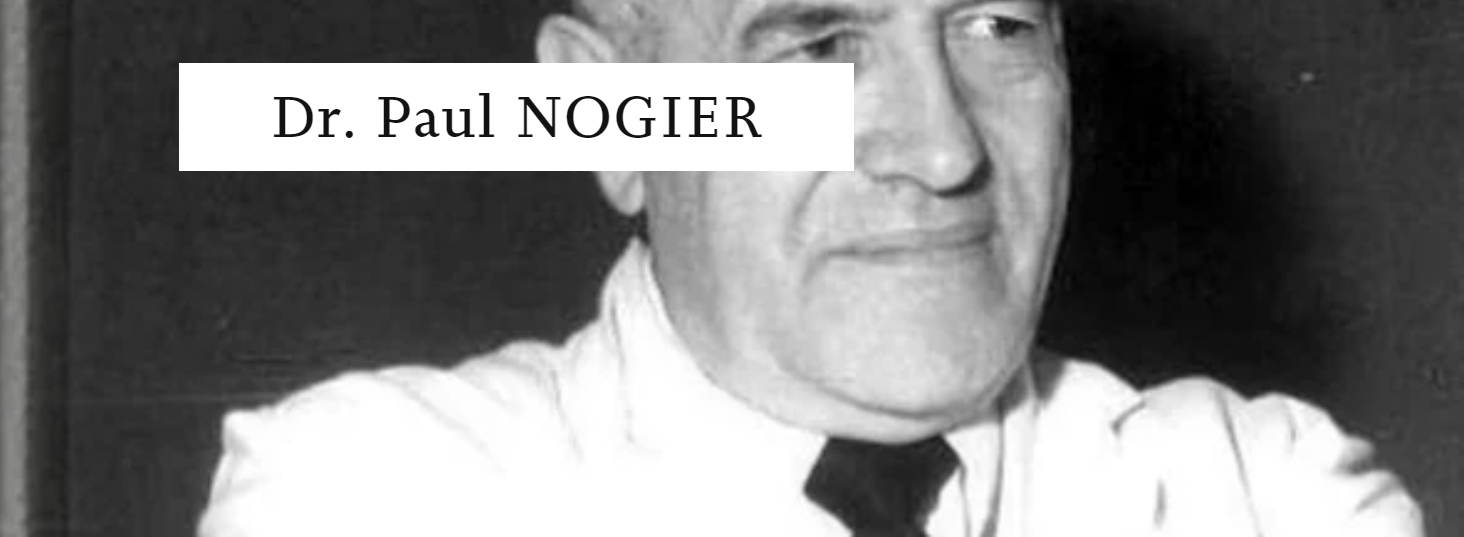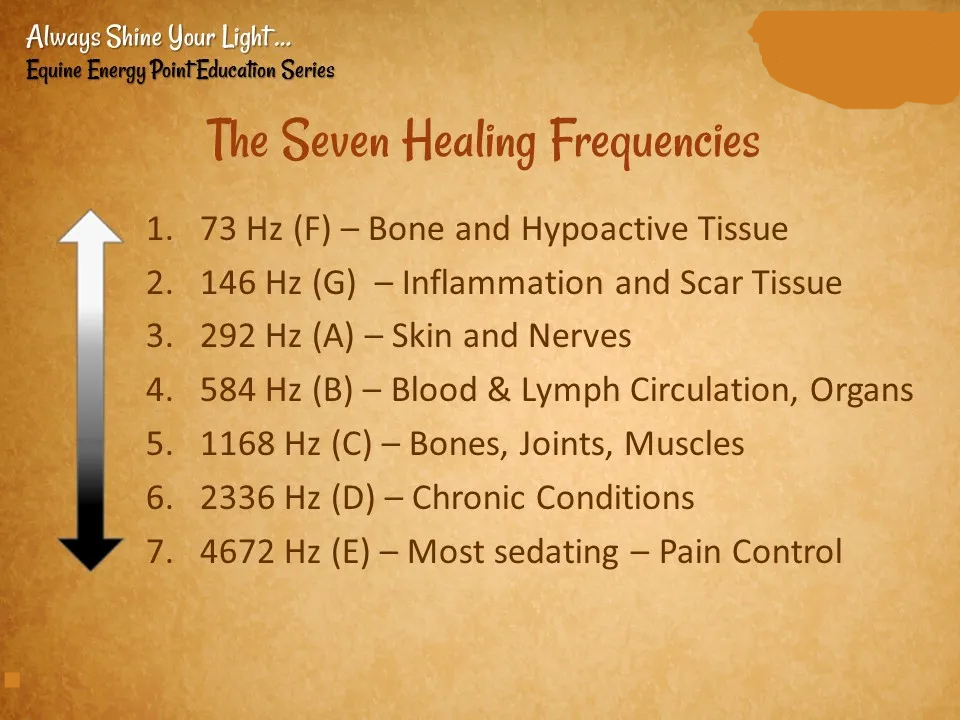
Nogier Frequencies and Red Light Therapy
You may have heard the term Nogier frequencies tossed around sometimes. If you don't know what it refers to, the name itself might sound like something out of a science fiction movie. Well, Nogier frequencies might be science, but they are not fiction. They are specific frequencies that can help your health.

This is a type of therapy which dates back millennia, but in the modern sense it was established by the French physician and neurologist Paul Nogier. Auricular therapy is based on the notion that the entire body and all body tissues are represented on the outer part of the ear, called the auricle.
In this kind of therapy, health benefits are achieved through the stimulation of the external ear. By targeting specific acupuncture points on the ear, this local therapy actually heals other parts of the body.
Nogier identified seven relevant structures of the ear that play a part in this therapy: the tragus, antitragus, helix, antihelix, triangular fossa, scapha and concha.
Stimulation of Acupuncture Points
The mapping of the ear sounds like the basis of an acupuncture therapy, so what does all of this have to do with frequencies? The auricle map has, indeed become indispensable for acupuncture practice. In fact, in the US, there has been a major acupuncture training program backed by the US Department of Defense that uses this map for the treatment of veterans.
However, the ear can be stimulated by other means too. In his practice, Nogier discovered that these pressure points also respond to stimulating vibration at various frequencies. That is because all tissue types in the body are ultimately made out of cells, and cells out of molecules and atoms. Since all atoms constantly vibrate, so does all matter, including the skin and tissues in the body.
What Exactly Are Nogier Frequencies?

Nogier frequencies are a set of seven therapeutic pulse frequencies developed by French physician Dr. Paul Nogier in the 1950s. Originally used in auriculotherapy (ear acupuncture), these frequencies were later found to produce measurable effects on various biological systems when applied through different stimulation methods, including light, sound, and electromagnetic fields.
Each frequency corresponds to a specific tissue type or healing response, making them a valuable tool in frequency-based wellness modalities. They are often labeled A through G and measured in Hertz (Hz), representing cycles per second.
By applying these frequencies using light pulses, electromagnetic fields, or sound waves, practitioners aim to:
- Stimulate cellular regeneration
- Improve nerve and muscle communication
- Balance the autonomic nervous system
- Support emotional regulation and stress relief
While traditionally used in electrotherapy and acupuncture, Nogier frequencies have been increasingly adopted in red light therapy devices for their potential to enhance biological response at the vibrational level.
The Seven Nogier Frequencies
During his practice and research, Paul Nogier identified and developed experimentally the seven frequencies that have the most beneficial effect on the body. He divided them into three basic frequencies, which correspond to the three types of tissue during embryonic development, and four additional frequencies.
 (1) The Ectodermal Frequency (292 Hz)
(1) The Ectodermal Frequency (292 Hz)This frequency shares resonance with tissue of ectodermal origin. This is the tissue that forms the skin, but also the eyes, glands, as well as parts of the central nervous system such as the brain and the spinal cord. This frequency promotes wound healing, and reduces inflammation. It's also good for postoperative recovery. This frequency is also known as the Universal frequency.
(2) The Endodermal Frequency 584 Hz
This frequency can return tissue of endodermal origin into balance. The organs and systems that benefit from it the most are the organs of the gastrointestinal tract such as the gall bladder, as well as other organs such as the lungs, the bladder, and the thyroid.
(3) The Mesodermal Frequency 1,168 Hz
This frequency is especially beneficial for the treatment of injuries, because it corresponds to connective tissue, tendons, cartilage, joints, bones and muscle. This frequency can be used for pain control and to promote healing in conditions such as ligament injuries. This frequency also boosts blood circulation.
(4) The Frequency 2,336 Hz
It addresses inflammatory pathways. Known for its strong anti-inflammatory and analgesic effects, it's often used in the treatment of arthritis, tendinitis, and chronic joint pain.
(5) The Frequency 4,672 Hz
It supports immune function and detoxification. It stimulates immune response, assists in lymphatic drainage, and aids recovery after illness. It's especially helpful for autoimmune conditions and general immune support.
(6 )The Frequency 73 Hz
This frequency is good for stimulation of the body and the nervous system. It resonates with certain parts of the brain which control metabolism and hormones. It can also help in the treatment of wounds and injuries that are not healing as they should be. It can also boost cellular activity when it is not active enough.
(7) The Frequency 146 Hz
In terms of the body, this frequency reduces inflammation, edema and scar tissue, and fights infection. In terms of the mind, it resonates with the cerebral cortex, which is why it promotes relaxation, alleviates anxiety, and boosts memory.
How to Use Nogier Frequencies in red light therapy?
Nogier frequencies can be used in the treatment of both chronic conditions and acute illnesses and injuries. Nogier created his own light device which pulsed at certain frequencies. Nowadays, the same effect can be achieved with modern red light therapy.
In general, higher frequencies are used for pain, and to sedate or soothe. Lower frequencies can be used to stimulate the nerve fibers and cells.
The principle is resonance—specific frequencies interact with biological systems in unique ways. When light is pulsed at these frequencies:
It stimulates target tissues more precisely than continuous light
It aligns with the body’s natural rhythms, accelerating healing
It supports nervous system regulation and energy balance
This combination of precise pulsed light and photobiological activation enhances cellular function, improves treatment outcomes, and opens the door to targeted, system-specific healing.
Applied in Our Red Light Therapy Bed
Our full-body red light therapy bed X4 is engineered to support pulsed photobiomodulation at customizable Nogier frequencies. This enables practitioners to move beyond basic red/NIR light exposure and deliver frequency-specific therapy tailored to the body’s systems—whether the goal is nerve regulation, pain relief, muscle recovery, or cellular repair.
With options to configure wavelengths, pulse modes, frequency presets, and user interface languages, our system ensures that each treatment is both effective and personalized. Backed by rigorous quality standards and designed for professional-grade results, it’s the ideal choice for clinics, wellness centers, and recovery facilities seeking the next level of targeted light therapy.

FAQ: Nogier Frequencies in Red Light Therapy
1. Do I need to match specific frequencies to certain conditions?
Yes. Different frequencies target specific systems. For example, Frequency 2,336 Hz supports inflammation reduction, while frequency 146 Hz helps with sleep and mood.
2. Do I need to use all seven frequencies?
Not necessarily. Each frequency targets a specific system. Practitioners often choose 1–3 frequencies based on treatment goals such as pain relief, immune support, or stress reduction.
3. How are these frequencies delivered in PBM devices?
They’re applied as pulsed light modulation—turning the LEDs on and off at specific rates (Hz) to produce resonance effects in the body.
4. Where can I get professional red light therapy equipment with Nogier frequencies?
We offer full-body red light therapy beds that support pulsed operation at Nogier frequencies. Contact us for specifications, customization options, and a quote tailored to your clinic or wellness center.
5. Is there scientific evidence supporting their use?
Research into bioresonance and frequency medicine is growing, with multiple studies showing improvements in circulation, inflammation, and neurological balance using pulsed light at these frequencies.
